
Before delving into maintenance tips, it's crucial to understand the construction and mechanism of your extendable dining table. This understanding will allow you to tailor your maintenance routine to the specific needs of your table. Extendable tables come in various designs, such as the oak extending dining set, expandable round dining room tables, and contemporary dining tables extendable. Each type may have different maintenance needs based on its material and mechanism. Knowing your table's specific requirements will assist in choosing the appropriate cleaning products and techniques.
Types of Extendable Dining Tables

-
Wooden Extendable Dining Tables: These tables, including oak extending ones, are noted for their durability and timeless appeal. However, they necessitate specific care to prevent scratches and moisture damage.
Regular polishing and the use of coasters or placemats can help maintain their appearance. Additionally, wooden tables may need periodic oiling or waxing to keep the wood nourished and to protect the surface from everyday wear and tear. - Modern Extendable Dining Tables: Often crafted from glass or metal, these tables offer a sleek look but may need more frequent cleaning to maintain their shine. Cleaning agents designed for glass and metal surfaces are essential to prevent smudging and rust. Regular dusting and wiping can prevent the build-up of grime that can dull their appearance over time.
- Expandable Round Dining Room Tables: These are perfect for creating a cosy dining space and often feature a central pedestal for support. Their unique shape makes them ideal for small spaces but also requires careful consideration when extending to avoid bashing against walls or other furniture. Regular checks on the pedestal and extension joints can prevent stability issues.
Mechanisms of Extension

Understanding the mechanism of your table, whether it's a butterfly leaf, drop leaf, or a pull-apart system, will help you maintain it appropriately. Each mechanism has unique parts that require regular checks and maintenance. Familiarise yourself with how your table operates to prevent accidental damage during extension or retraction. Regular lubrication and tightening of screws can keep the mechanism functioning smoothly, reducing the risk of misalignment or jamming.
Regular Cleaning and Care
Daily Cleaning Routine
For any dining table, a daily cleaning routine is essential. Use a soft, damp cloth to wipe down the surface after meals to remove any spills and crumbs. This prevents food particles from scratching the surface or attracting pests. Avoid using harsh chemicals, especially on wooden extendable tables, as they can strip the finish and damage the wood.
Opt for mild soap solutions or specialised cleaners designed for your table's material to ensure gentle yet effective cleaning.
Deep Cleaning
Once a month, perform a deep clean. For wooden tables, use a specialised wood cleaner and follow up with a polish to enhance the wood's natural grain and finish. This not only maintains the table's aesthetic appeal but also adds a protective layer against stains and scratches. For modern extendable tables, ensure any metal parts are free from rust and glass surfaces are streak-free. Regularly inspect joints and hinges during deep cleaning to catch any potential issues early.
Seasonal Maintenance
As seasons change, so do humidity levels, which can affect wooden furniture. In the summer, use a dehumidifier to prevent swelling, and in winter, maintain consistent humidity levels to avoid drying out the wood. Position your table away from direct heat sources like fireplaces and radiators to prevent warping.
Seasonal changes also provide a great opportunity to inspect your table's condition and make any necessary adjustments to your care routine.
Protecting Your Extendable Dining Table

Use of Table Mats and Covers
To protect your table from heat, moisture, and scratches, always use table mats and covers. This is particularly important for small extendable dining room tables, where space is limited, and the risk of damage is higher. Mats and covers not only protect your table's surface but can also add an element of style and colour to your dining area. Consider investing in high-quality, heat-resistant mats for optimal protection.
Safe Extension and Retraction
When extending or retracting your table, do so gently to avoid putting undue stress on the mechanism. Sudden movements or excessive force can cause misalignment or damage delicate components. Regularly check the moving parts for any signs of wear or looseness.
Lubricate metal components with a suitable lubricant to ensure smooth operation. Practising safe extension and retraction can significantly extend the life of your table's mechanism.
Repair and Restoration
Addressing Scratches and Dents
Even with care, scratches and dents can occur. For wooden tables, minor scratches can often be treated with a matching wood stain or a specialised touch-up marker. These tools can effectively cover up imperfections and restore the table's appearance. For deeper dents, consider professional restoration to maintain the table's integrity. Professional services can expertly repair damage without compromising the table's structure or finish.
Mechanism Repair
If the extension mechanism becomes faulty, inspect it for any obvious issues. Tighten any loose screws and replace worn-out parts. Should the problem persist, consult a professional to avoid further damage.
Attempting repairs without proper knowledge can exacerbate the issue. Regular professional check-ups can ensure that your table remains functional and safe for everyday use.
Longevity Tips

Rotating the Table
Periodically rotate your table to ensure even exposure to sunlight and wear. This is particularly beneficial for a 4 to 6 seater extendable dining table, as it helps maintain a uniform appearance. Rotating also prevents one side from fading or wearing more quickly than the others, preserving the table's overall look. Consider setting a seasonal reminder to rotate your table for balanced wear.
Choosing the Right Environment
Place your extendable dining table in a stable environment, away from direct heat sources like radiators or direct sunlight, which can cause warping or fading. Ensure that your dining space has stable humidity levels to prevent the wood from cracking.
Choosing the right environment can significantly impact the durability and appearance of your table.
Routine Inspection
Regularly inspect your table for signs of wear or tear. Early detection of issues can prevent more extensive repairs down the line. Look for signs of mechanical wear, loose parts, or surface damage, and address them promptly. Routine inspections keep your table in optimal condition and can prevent small issues from becoming major problems.
Conclusion
Extendable dining tables are more than just furniture; they are key pieces that enhance the functionality and style of your dining area. By following these maintenance tips, you can ensure that your dining set extending table or oak extending dining room table remains a prized part of your home for years to come. Remember, the key to maintaining your table's beauty and functionality lies in regular care and attention.
Consistent upkeep not only prolongs the table's life but also enhances your dining experience.
Incorporate these practices into your routine, and you'll not only preserve the elegance of your extendable dining table but also enjoy numerous memorable meals and gatherings with family and friends. An extendable table well looked after becomes a repository of shared moments, adding warmth and character to your home.
Related Reads -
- Space-Saving Dining Tables for Small Homes
- Dining Table Dimensions: Your Ultimate Guide
- 5 Reasons why we love the Olympia Extending Dining Table
- How to Care for Oak Dining Tables
- Customizing Your Oak Dining Table Design

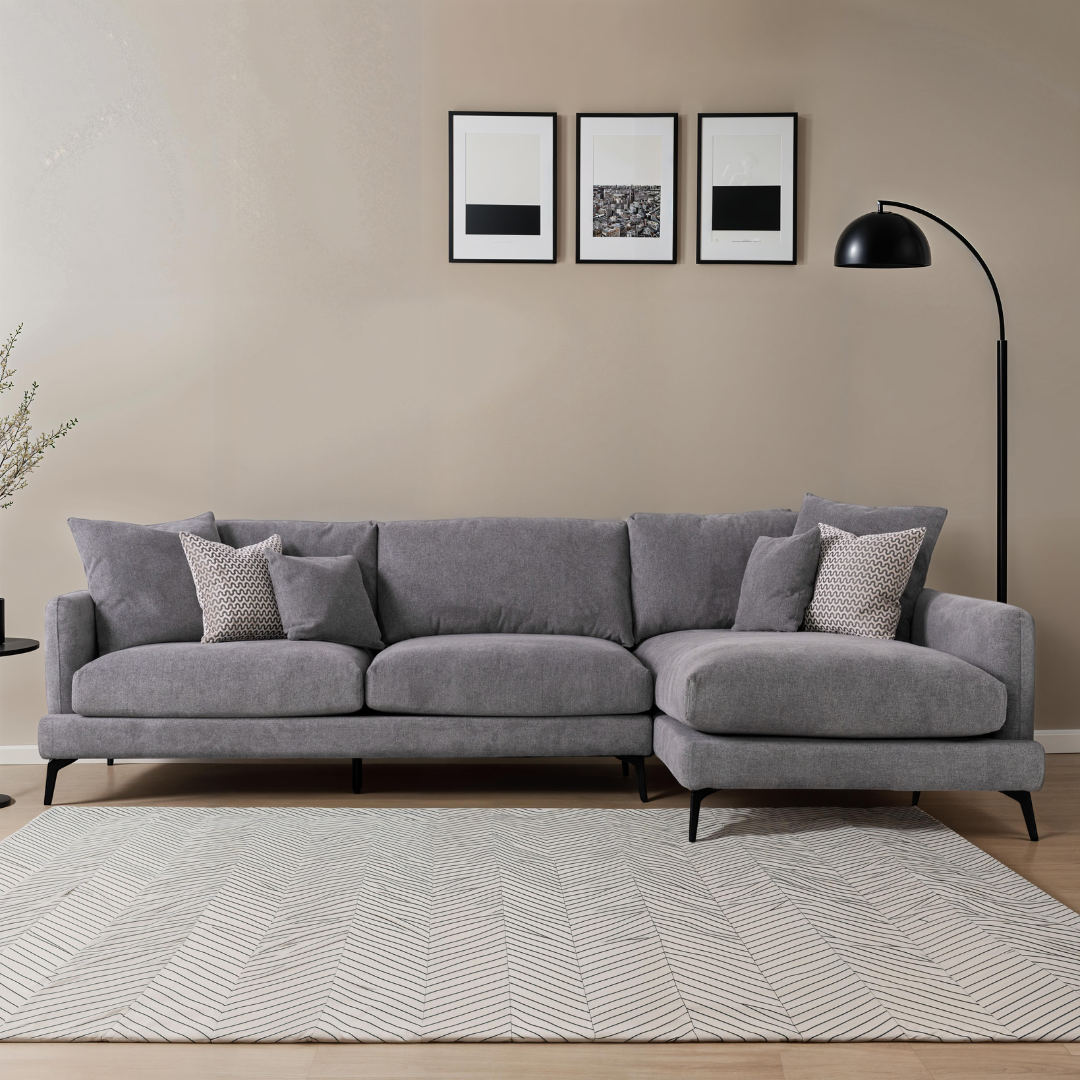
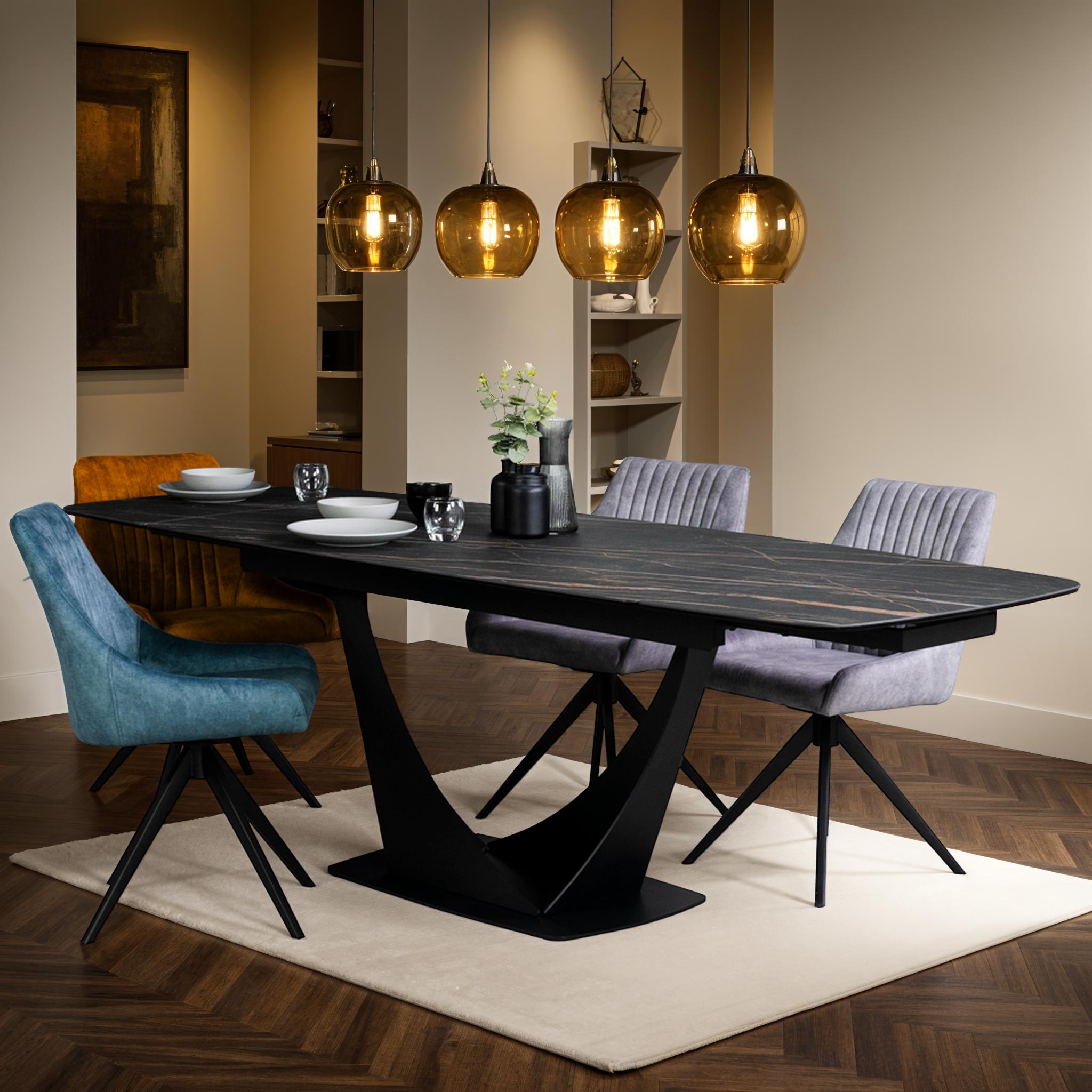
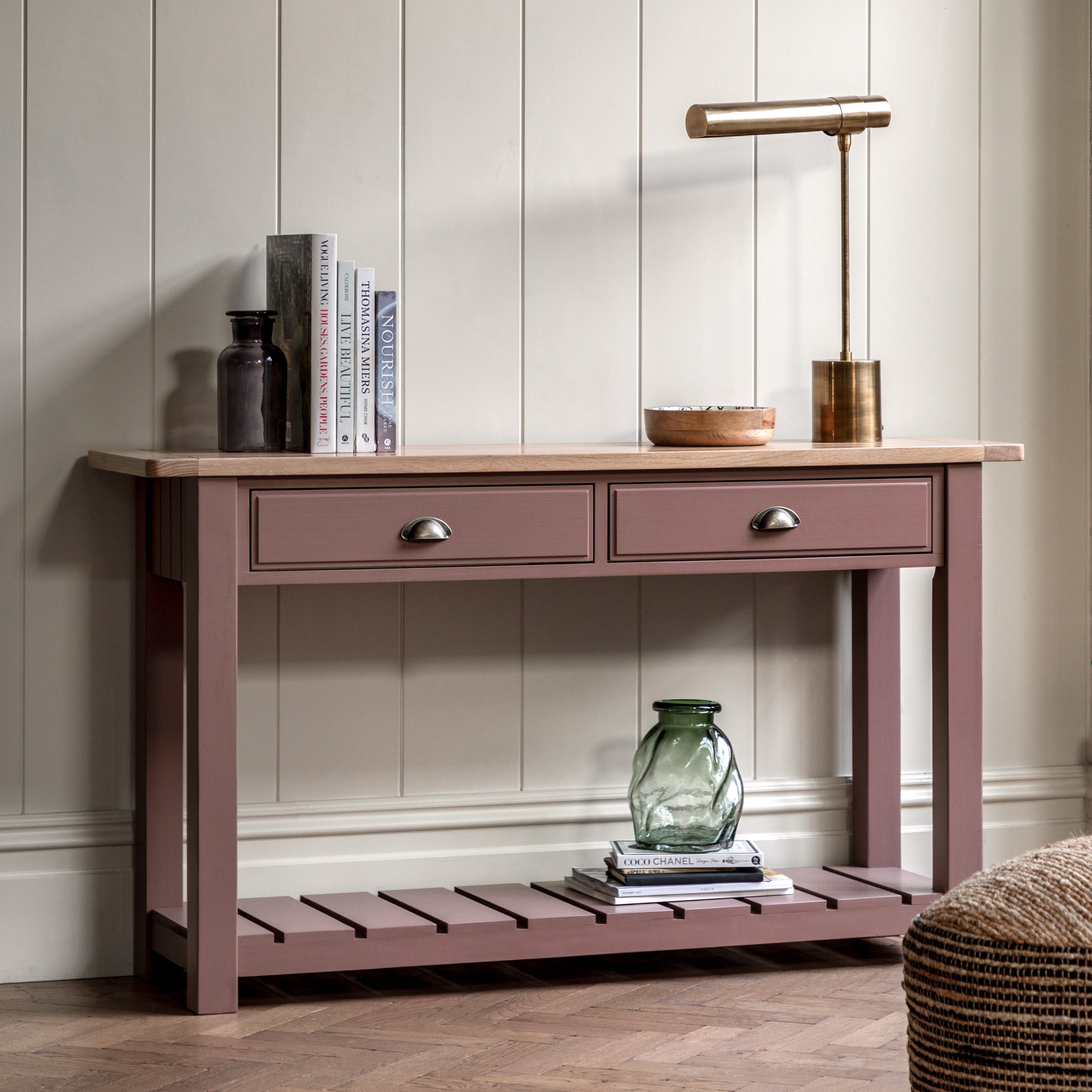


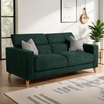
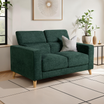
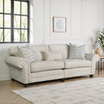


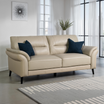

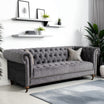
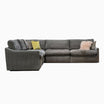
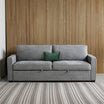

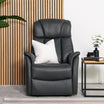
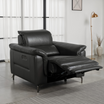
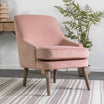

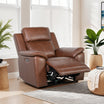
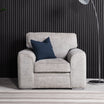
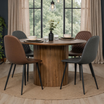

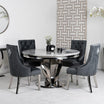
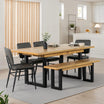

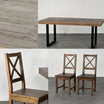
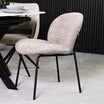

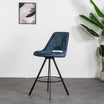

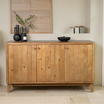
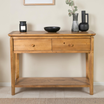
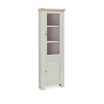
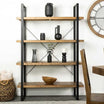
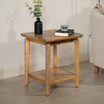
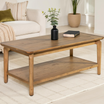
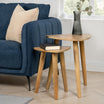
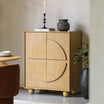
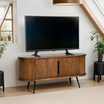
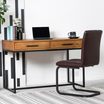
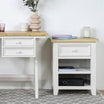
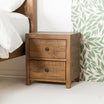
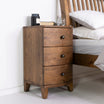
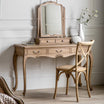
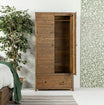
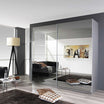
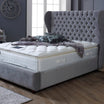

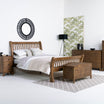
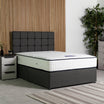
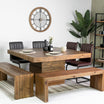
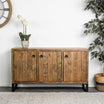
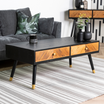
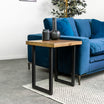
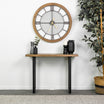
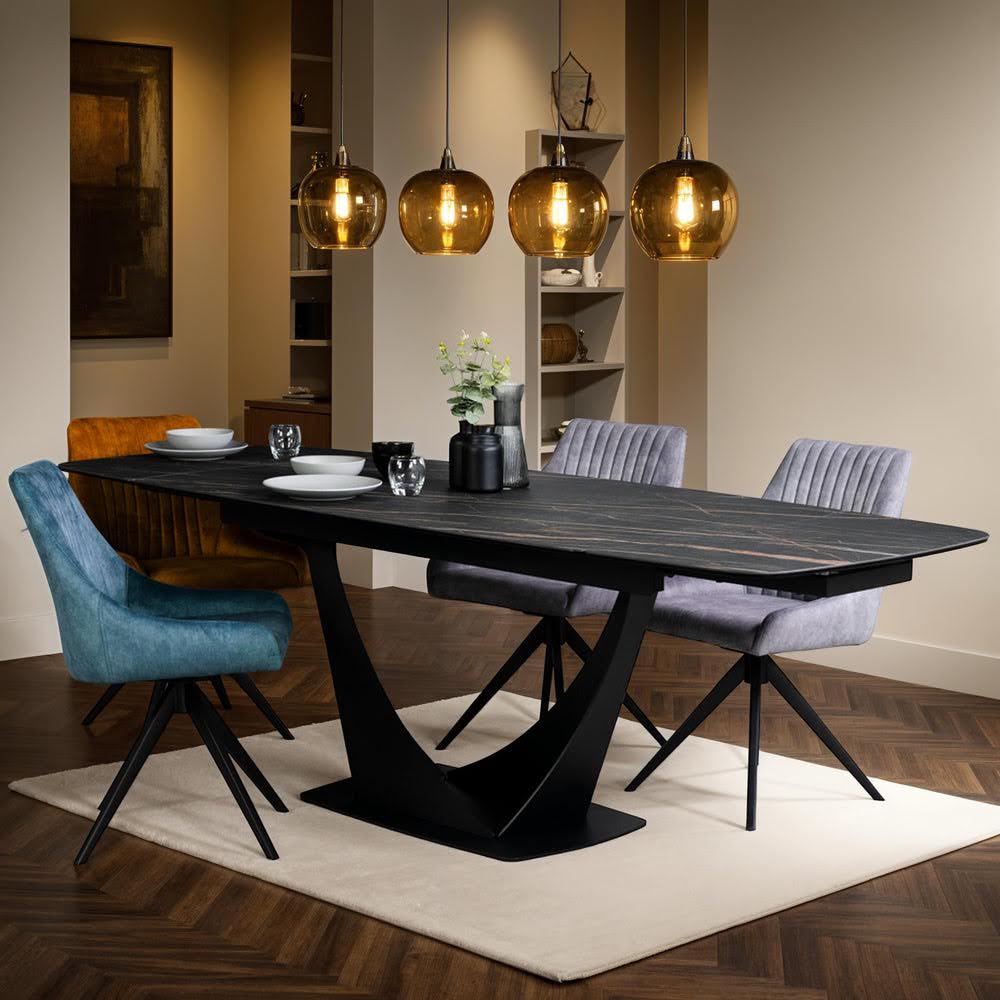










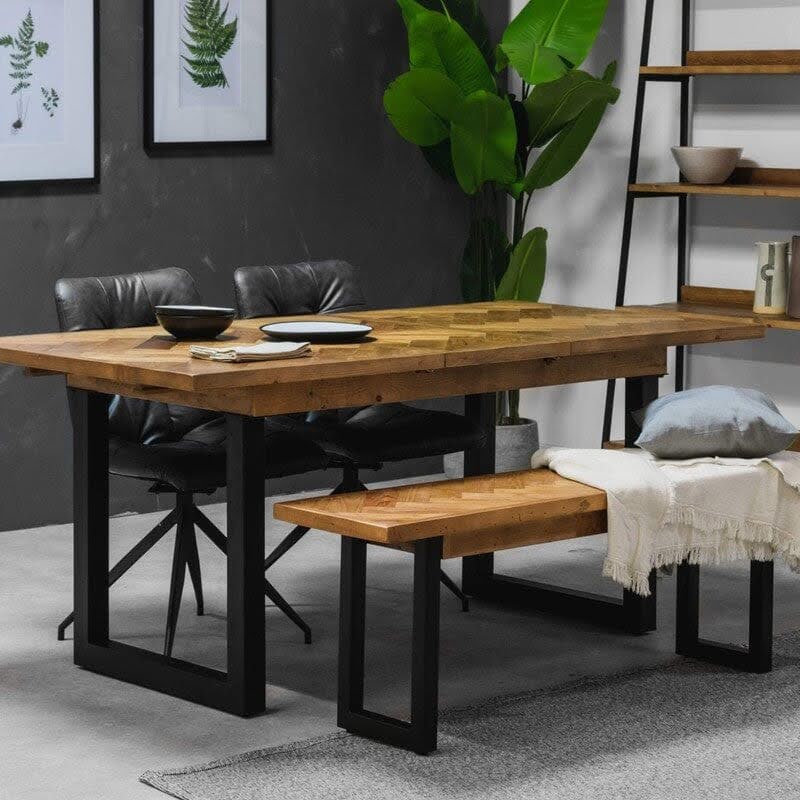
Leave a comment
This site is protected by hCaptcha and the hCaptcha Privacy Policy and Terms of Service apply.